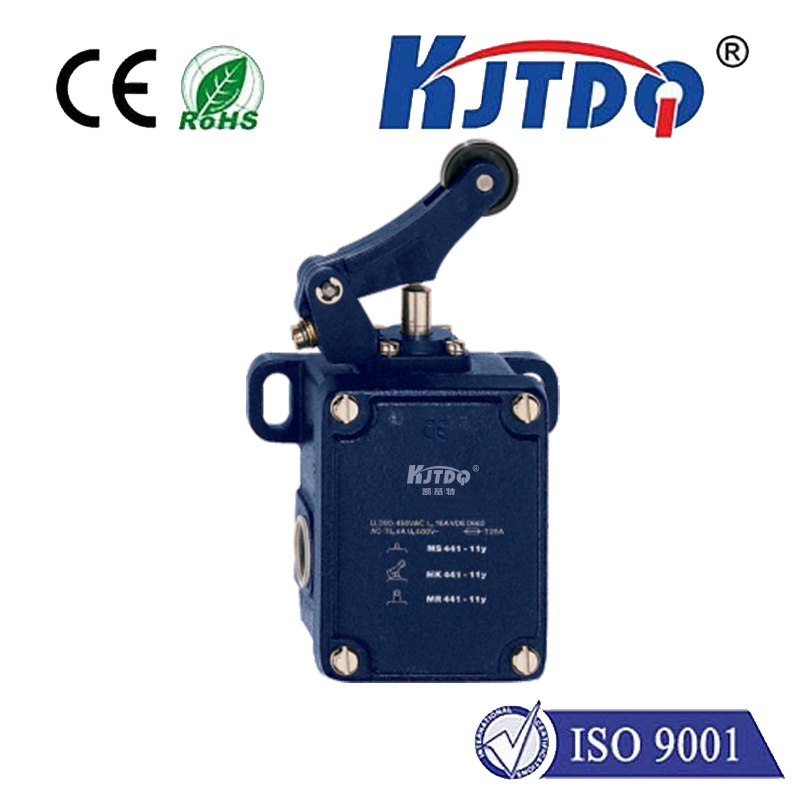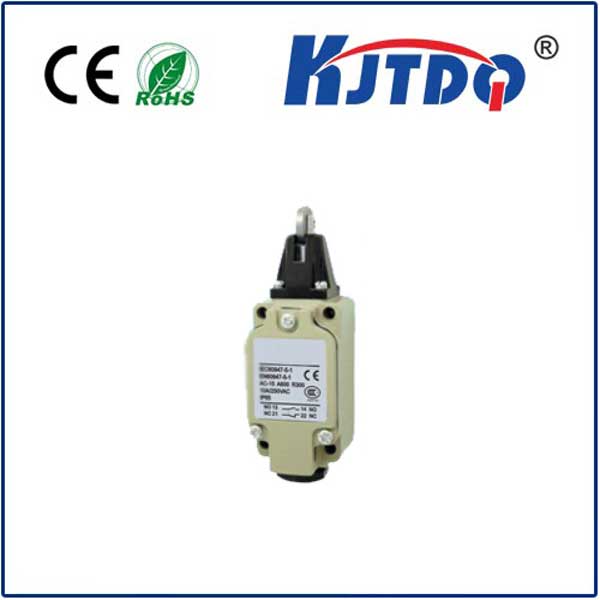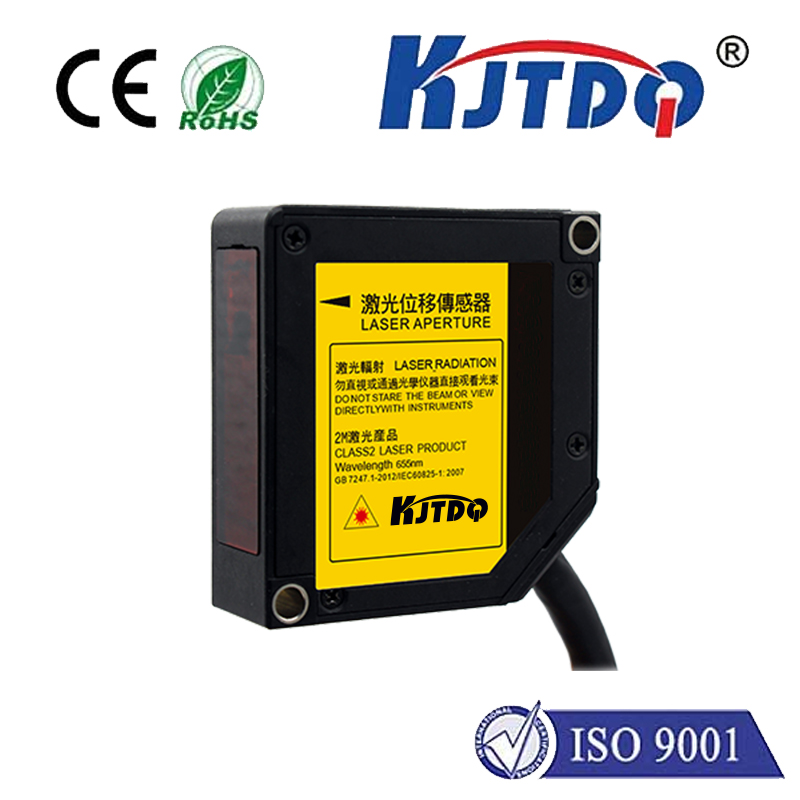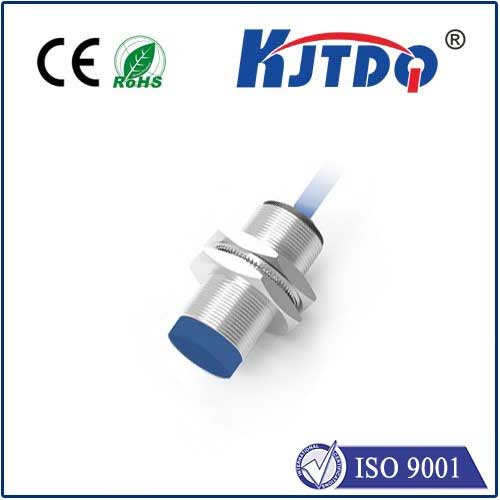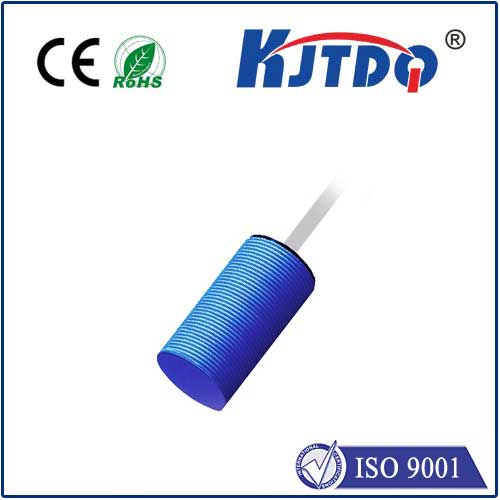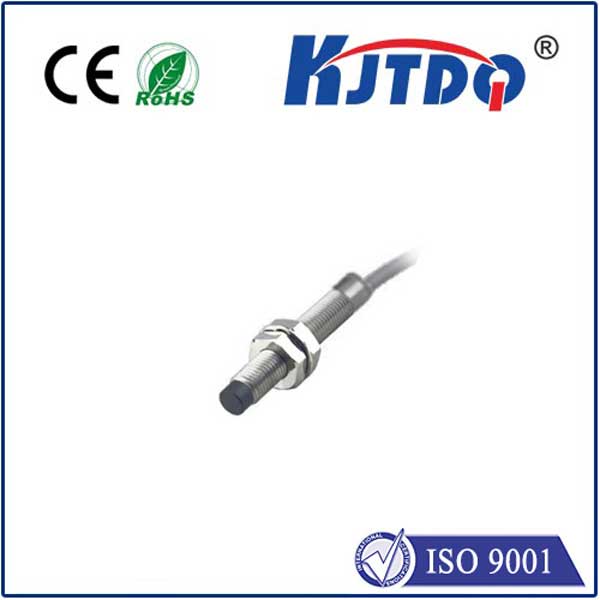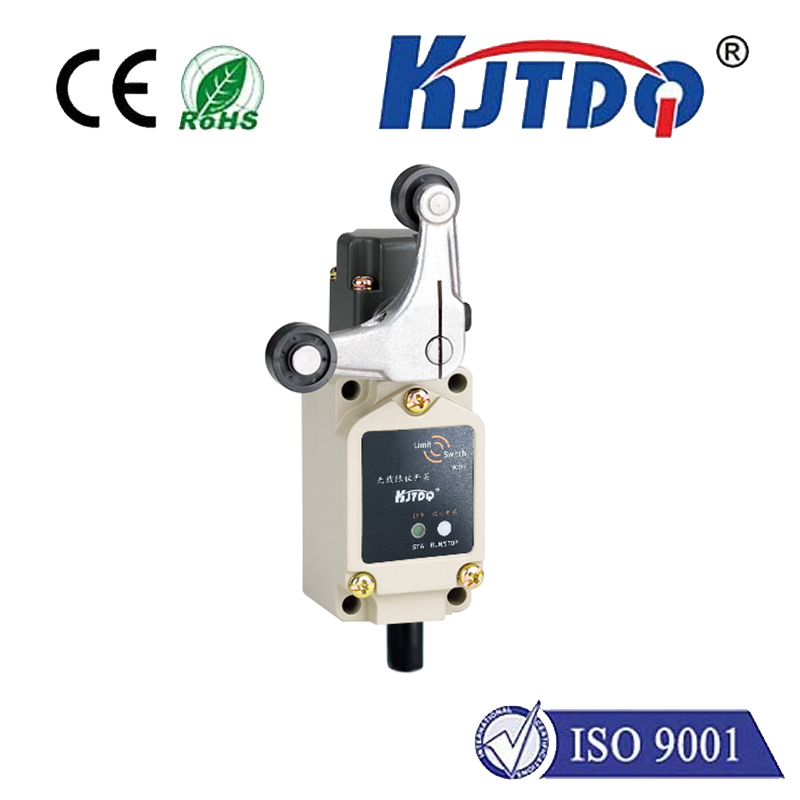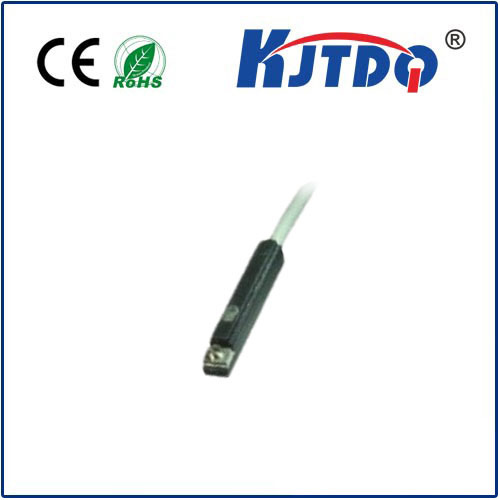esp32 proximity sensor
- time:2025-07-09 01:17:37
- Click:0
ESP32 Proximity Sensor: Building Smart Detection into Your IoT Projects
Ever imagined your lights turning on as you walk into a room, machines halting when someone gets too close, or inventory shelves automatically tracking stock movement? At the heart of such intelligent, responsive systems often lies a proximity sensor. And when it comes to effectively bridging the physical and digital worlds, pairing these sensors with the ESP32 microcontroller creates a formidable combination. This guide explores why and how to leverage ESP32 proximity sensors for your next innovative project.
Why Proximity Sensing, and Why ESP32?
Proximity sensors detect the presence or absence of objects near the sensor without physical contact. This capability unlocks countless applications:

- Touchless Control: Activate devices with gestures or just your presence (lights, faucets, displays).
- Safety & Collision Avoidance: Halt machinery or robots if a person or obstacle enters a danger zone.
- Object Detection & Counting: Track items on a conveyor belt or monitor inventory levels.
- Presence Detection: Trigger security alarms or optimize building HVAC/lighting based on room occupancy.
- Interactive Installations: Create exhibits or art pieces that respond to viewer proximity.
The ESP32 development board is exceptionally well-suited for integrating proximity sensors into cost-effective, connected projects:
- Versatile I/O: Multiple GPIO pins readily connect to various sensor types (digital or analog output).
- Wireless Connectivity: Built-in Wi-Fi and Bluetooth (BLE) allow proximity data to be easily sent to the cloud, smartphones, or other devices, enabling IoT applications.
- Processing Power: Its dual-core processor efficiently handles sensor data reading, filtering, logic, and communication tasks simultaneously.
- Analog-to-Digital Converter (ADC): Essential for reading analog output sensors like infrared (IR) proximity modules providing distance estimates.
- Low Power Consumption: Crucial for battery-operated proximity detection devices; the ESP32 supports deep sleep modes triggered by sensor events.
- Rich Ecosystem: Extensive libraries (Arduino, ESP-IDF) simplify sensor interfacing and data management.
Common Proximity Sensor Types for ESP32
Several proximity sensor technologies integrate seamlessly with an ESP32 board:
- Infrared (IR) Proximity Sensors: These sensors emit IR light and measure the intensity reflected back. Closer objects reflect more light. Key advantages include simplicity and low cost. They typically output an analog signal (distance estimate) or a digital signal (presence beyond a threshold). Challenges include sensitivity to ambient light and varying object reflectivity. Modules like the GP2Y0A21YK or APDS-9960 (which also does gesture) are popular choices.
- Ultrasonic Distance Sensors: While primarily distance sensors, they excel as proximity detectors. Sensors like the HC-SR04 emit ultrasonic sound pulses and measure the echo return time. They provide accurate distance measurements over a reasonable range (typically 2cm - 400cm), making them ideal for applications needing precise object location or detection over longer distances. Challenges include potential interference from soft materials absorbing sound and a narrower detection cone. Interfacing involves simple trigger and echo pins on the ESP32.
- Capacitive Sensors: These detect changes in an electromagnetic field caused by conductive objects (like a human body) entering it. Capacitive touch panels are a common example. ESP32 boards have built-in capacitive touch GPIO pins, allowing you to turn almost any conductive material (metal, foil, conductive paint) into a proximity sensor without extra hardware! This is ideal for creating touchless buttons or hidden detection zones. Sensitivity needs careful calibration.
- Passive Infrared (PIR) Motion Sensors: While designed for motion detection, a constantly triggered PIR sensor (like the common HC-SR501) essentially indicates persistent presence within its field of view. They are excellent for room occupancy detection but don’t provide distance information and require movement to initially trigger. Low-cost and simple to use (often a single digital output to ESP32).
- Time-of-Flight (ToF) Sensors: These sensors (VL53L0X, VL53L1X) emit a light pulse (usually IR laser) and precisely measure the time it takes to return. They offer high accuracy and fast response over short to medium ranges. Due to their precision, they are increasingly popular for high-performance proximity detection despite a higher cost than basic IR sensors. Interfacing is usually via I2C on the ESP32.
Implementing an ESP32 Proximity Sensor: Key Considerations
- Sensor Selection: Choose based on required range, accuracy, environment (light/sound conditions), target object material, and budget.
- Power Supply: Ensure both the ESP32 board and the sensor get adequate power. Some sensors (like sonics) might require higher peak current.
- Wiring: Double-check sensor datasheets for voltage levels (often 3.3V or 5V) and GPIO pin compatibility. ESP32 GPIOs are generally 3.3V tolerant. Use appropriate resistors or level shifters if needed. Pin mapping is crucial.
- ESP32 Pin Usage:
- Digital Sensors: Connect the sensor’s output pin to an ESP32 GPIO pin configured as an input.
- Analog Sensors: Connect the output pin to an ESP32 ADC pin (e.g., GPIO32, GPIO33, GPIO34, GPIO35, GPIO36, GPIO39 - note not all ESP32 models have all exposed).
- I2C Sensors: Connect SDA/SCL lines to ESP32’s dedicated I2C pins (commonly GPIO21/SDA, GPIO22/SCL).
- Trigger/Echo (Ultrasonic): Requires one GPIO for
trigger (output) and one for echo (input).
- Code & Libraries: Utilize existing libraries (
NewPing for ultrasonic, SparkFun_VL53L1X for ToF, Adafruit_APDS9960 for IR/gesture) to simplify reading sensor values in Arduino IDE or PlatformIO. For basic digital/analog sensors, direct GPIO reading (digitalRead, analogRead) works fine. For capacitive sensing, use the built-in touchRead() function. Implement filtering (averaging, median filter) to smooth noisy data.
- Logic & Thresholding: Define the proximity threshold that triggers your desired action (e.g.,
if (distance < 10 cm) { turnOnLED(); }). Consider hysteresis to prevent rapid toggling near the threshold.
- Leveraging ESP32 Capabilities: Go beyond simple triggering:
- Wireless Transmission: Send proximity alerts or distance data via MQTT over Wi-Fi to cloud dashboards (e.g., Blynk, ThingSpeak, Home Assistant) or other devices.
- Bluetooth Actions: Trigger a notification on a nearby smartphone via BLE when proximity is detected.
- Sensor Fusion: Combine data from multiple proximity sensors (or other sensors like IMUs) for more robust context-aware applications.
- Power Saving: Put the ESP32 into deep sleep and use a sensor’s interrupt pin (if available) to wake it up only when proximity is detected.
Bringing Smart Detection to Life
Integrating a proximity sensor with an ESP32 transforms a simple microcontroller into a powerful tool for building context-aware, interactive, and intelligent systems. The board’s robust hardware capabilities, extensive connectivity options, and supportive software ecosystem make it an ideal platform. Whether you need basic presence detection using capacitive touch pins, precise distance measurement with ToF, or long-range object sensing via ultrasound, the ESP32 provides the flexibility and power to implement sophisticated proximity-based solutions efficiently. So, identify your application’s needs, choose the right sensor type, connect it to your ESP32 module, and start crafting smarter interactions in the













